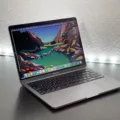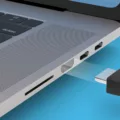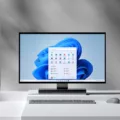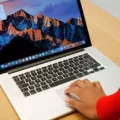If you’ve recently purchased a MacBook Pro, you may have noticed that your speakers are crackling. This is an issue that many MacBook Pro owners can experience and it can be incredibly annoying.
The good news is, this problem can often be solved with a few simple steps. First, check that your audio settings are correct. Make sure the volume is not too high and that the balance btween the left and right audio channels is set correctly. If these settings are already correct, then it’s time to move on to the next step.
The next step is to check for any dust or debris around your speakers. If there’s anything blocking the sound coming out of the speakers, it could cause crackling noise. Cleaning out any dust or debris shoud help solve this problem quickly.
Another possible cause of crackling sounds from your MacBook Pro’s speakers could be due to a faulty connection between the audio jack and the computer itself. To check this, disconnect the audio jack from your computer and plug it back into another device such as an iPad or an iPhone to see if you hear any crackling noises coming from those devices too. If you do hear crackling noises coming from these other devices as well then there may be a problem with your audio jack itself which needs to be replaced.
If none of these solutions work for you, then it might be time to contact Apple Support for further assistance with resolving this issue. They should be able to provide detailed instructions on how to fix your MacBook Pro’s crackling speakers so that you can get back to enjoying music and movies without interruption!
Troubleshooting Crackling Audio on MacBook Pro
Crackling audio on a MacBook Pro can be caused by a number of different factors, including hardware and software issues. It is important to identify the caue of the problem before attempting to fix it.
Hardware problems culd include a faulty audio port, an over-taxed processor or inadequate RAM, or even a bad connection between the speakers and the computer itself. Software issues can include outdated drivers, corrupted system files, or even malware.
To help diagnose the issue, users can check for software updates and confirm that their audio drivers are up-to-date. If that does not resolve the issue, then running a full system scan for viruses and other malicious programs may be necessary. Additionally, users should ensure that their CPU is not overloaded by closing down any unnecessary applications or processes. Finally, if none of these steps fix the crackling sound, then it is likey a hardware issue and users should contact Apple Support for further assistance.
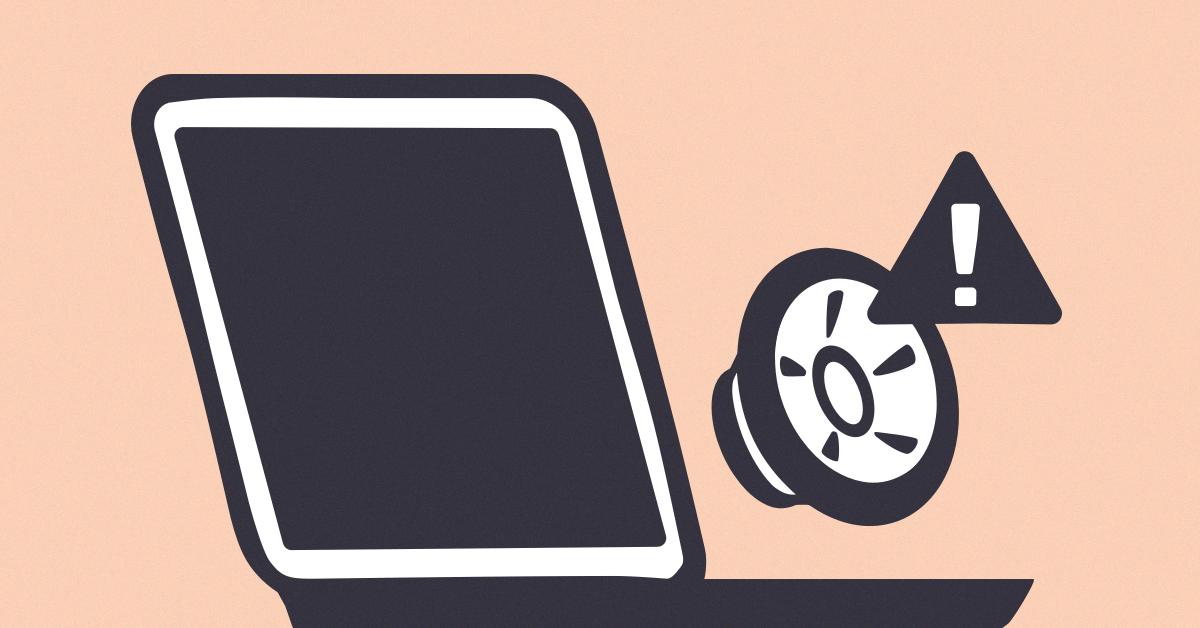
Source: setapp.com
Identifying Blown Speakers on a MacBook Pro
If you suspect that your MacBook Pro speakers may be blown, there are a few steps you can take to confirm this. First, check the sound settings in System Preferences -> Sound -> Output tab. If the balance slider is not centered between the right and left speaker, there may be an issue with one of the speakers.
Next, try playing a sound that causes rattling and test each speaker separately by switching the balance slider betwen them. If one of the speakers is not producing sound or is producing distorted or rattling noise, it could indicate that it is blown. Additionally, if you notice any physical damage to your MacBook Pro’s speakers (e.g., dents, cracks), this could also be a sign that they are blown.
Troubleshooting Sudden Crackling from Laptop Speakers
The sudden crackling of laptop speakers could be caused by a few diferent things. It could be due to outdated or corrupt audio drivers, incorrect audio settings, or other hardware devices interfering. It could also occur as a result of a recent software update or due to dust or debris that has accumulated in the speaker ports. To troubleshoot this issue, try updating your audio drivers and checking your audio settings. Additionally, you can check for any nearby hardware devices that could be interfering with your laptop’s sound and disable them if needed.
Troubleshooting Crackling Sounds from Speakers
The most likely cause of a crackling sound coming from your speakers is a bad connection soewhere between the amplifier and the speaker driver. This could be caused by a loose cable, a damaged wire, or even dirt or dust clogging up the connection. If you can, try to trace the cables back from your speaker to the amplifier to check if any connections are loose. You may also want to check for signs of damage on the cables themselves. If you can’t find any issue with the connections, then it may be worth taking your speaker and amp in for repair by an audio specialist.
Troubleshooting Mac Speaker Crackling
If you have a MacBook that is making crackling noises, there are a few steps you can take to try and fix it. First, go to System Preferences > Sound and check the volume slider at the bottom. Make sure the Mute box is unchecked, if it is checked. Then, click on the Output tab and select Internal Speakers if anoter device is selected. If this does not work, try resetting your computer’s PRAM and SMC settings. To do this, shut down your computer and press the shift-control-option keys simultaneously (on the left side of your keyboard). Then hold down the power button for 10 seconds before releasing it. Finally, turn your computer back on and see if this fixes your issue. If not, you may need to take it in for repair or replacement of faulty components.
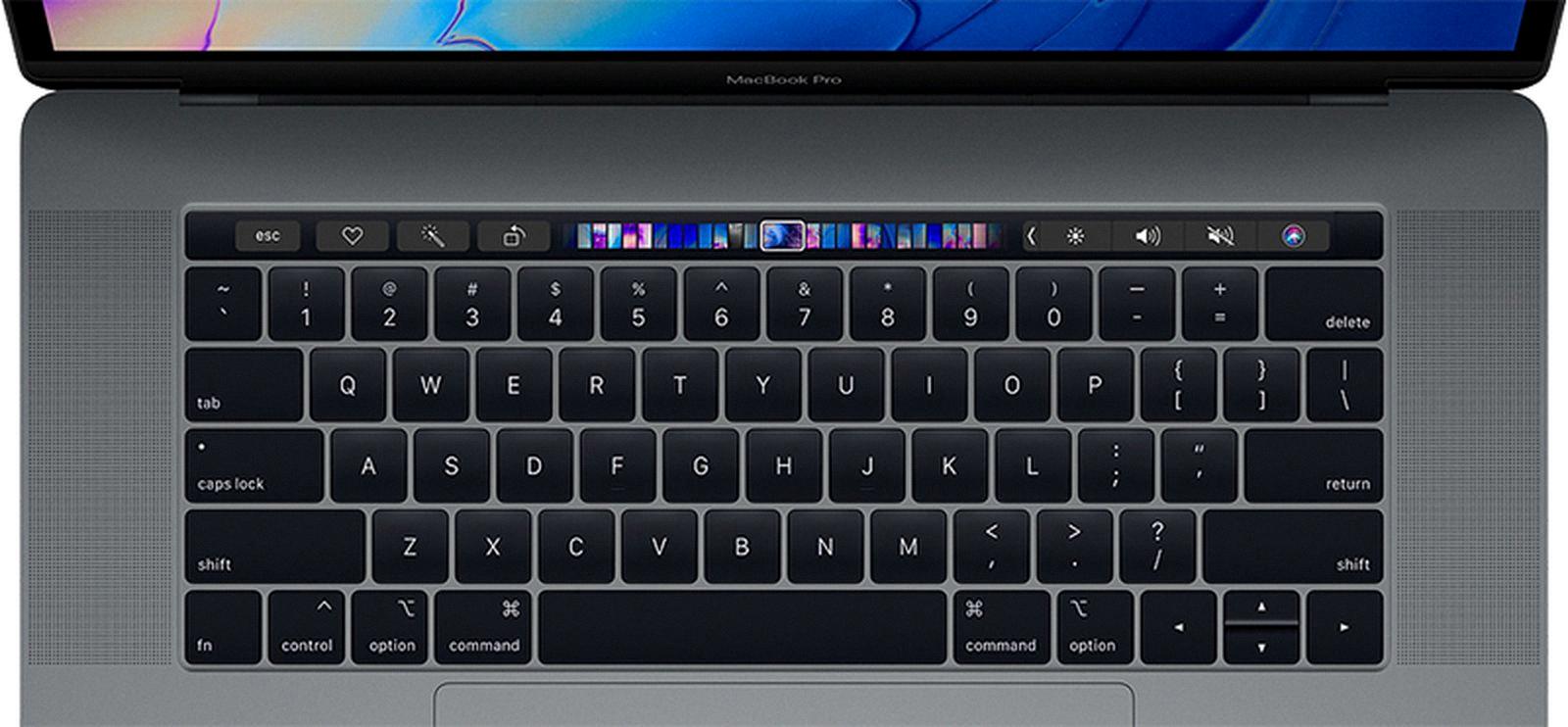
Source: macrumors.com
Resetting MacBook Pro Speakers
To reset your MacBook Pro speakers, you will need to go to the System Preferences. From the Apple menu ?, choose System Preferences. Click Sound. Click the Output tab, then select the built-in speakers. If the Output volume slider is set low, move it to the right and test again. If the Mute checkbox is selected, deselect it and test again. You may also need to adjust any other settings in this window such as Equalizer or balance settings depending on your specific needs. Once you have made any necssary changes, be sure to click Apply to save them before closing out of this window.
Troubleshooting Macbook Pro Speaker Issues
There are several possible reasons why your Macbook Pro speakers may not be working properly. First, check the output volume in System Preferences > Sound > Output. Make sure the Mute checkbox next to Output Volume is not checked, and that the Output Volume slider is moved to the right. If this does not fix the problem, then you may need to restart your computer or try resetting your audio settings. If these steps don’t help, then it’s possible that there could be a hardware issue with the speakers theselves or with the audio card inside your Macbook Pro. You may need to take it to an Apple Store for diagnosis and repair.
Troubleshooting Mac Speaker Issues
It cold be a number of things. First, make sure that the settings in your System Preferences > Sound are correct. Check to make sure that the ‘Output’ tab is set to your primary audio device, and that the volume slider at the bottom is not muted or set too low. If that doesn’t fix the problem, it could be a hardware issue with your speakers. Make sure all of the cords and connections between your speakers and computer are securely connected and free of damage. If those check out, it may be time to take your speakers in for repair or replacement.
Investigating Causes of Static Noise on MacBooks
Static on a MacBook can be caused by several different things. It could be due to a faulty connection between the laptop and the audio device, an issue with the audio hardware or software, or a problem with the sound settings. It could also be caused by dust particles or dirt blocking the speakers or microphone port, which may require cleaning. If none of these solutions seem to address the static issue, you may need to have your laptop serviced by a qualified technician.
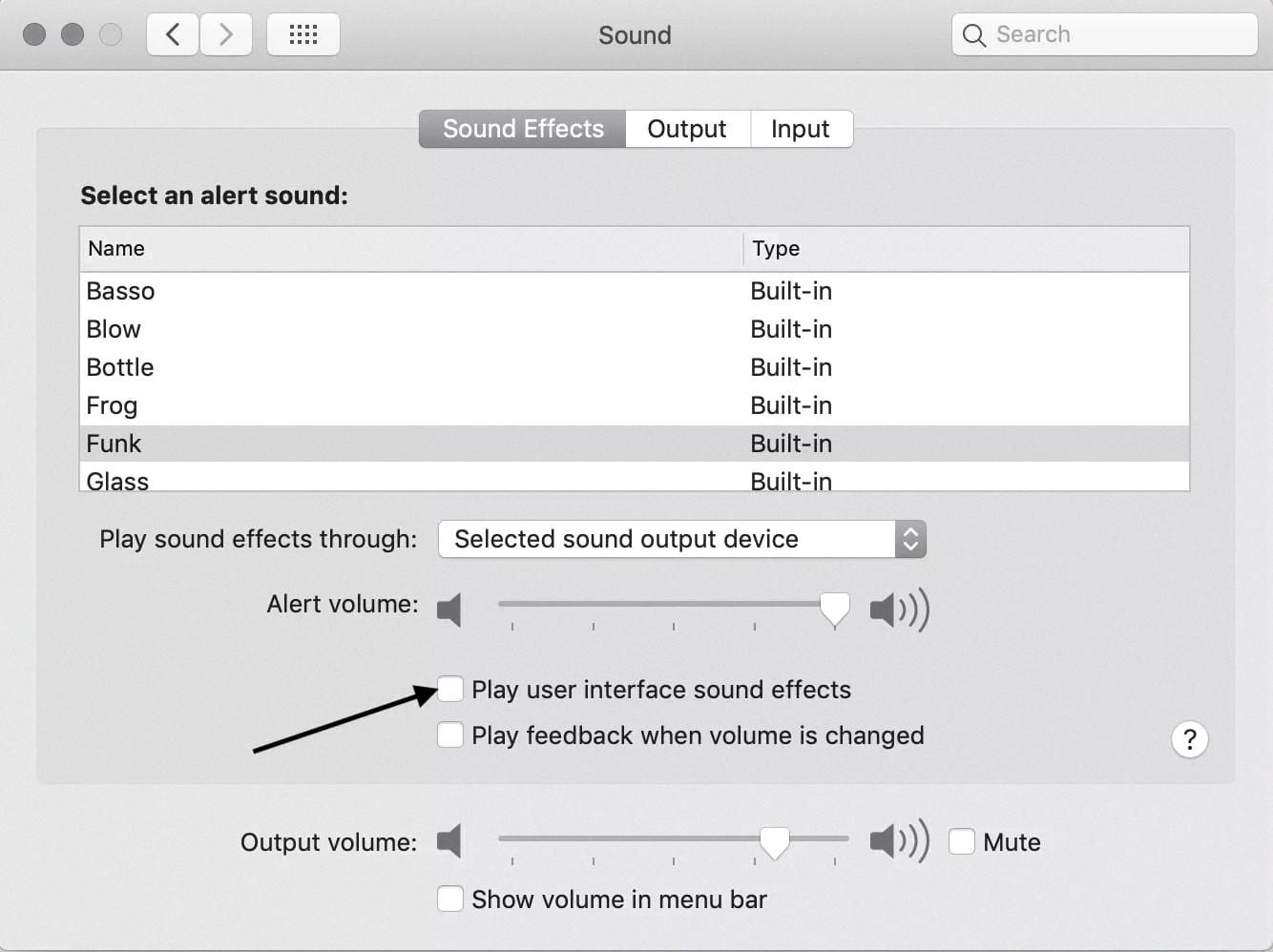
Source: mackeeper.com
Fixing Crackling Speakers
Crackling speakers can be caused by a variety of things, so it’s important to take a few steps to identify the cause and find a solution. First, make sure that all of your speaker wires are properly connected. If they are loose or have become disconnected, re-secure them and see if that fixes the problem. If not, turn off any nearby electronic devices that may be interfering with the speaker sound. Additionally, move the speaker wires away from any electrical cords as this could also lead to interference. Finally, try playing from a diffrent source and see if that helps resolve the issue. If none of these steps work, then it may be time to consider replacing your speakers or audio device.
Investigating Crunchy Laptop Audio
It’s possible that your laptop audio is crunchy because of incorrect system settings, outdated or faulty sound drivers, or interference with particular hardware. To troubleshoot this issue, check all connections and wires to ensure they’re properly connected. If the sound persists after checking these items, you may need to adjust your sound settings or update your sound drivers. Additionally, it could be helpful to test the audio on differnt hardware to identify if the problem is specific to one piece of hardware.
Checking if Laptop Speakers are Blown
To check if your laptop speakers are blown, you’ll want to start by playing some audio at a lower volume than you normally would, and see if there is any crackling or distortion present. If the sound is distorted or crackly at lower volumes, it’s likely that the speakers are blown. You may also be able to hear air coming out of the speaker grills when no sound is playing, which could indicae that the speakers have been damaged. Additionally, if your laptop has an external amplifier or stereo setup connected to it, you should disconnect those and see if the issue persists when playing audio through the laptop’s own speakers.
The Sound of Blown Speakers
A blown speaker can produce a variety of unpleasant sounds, ranging from a buzzing or scratching noise to no sound at all. The sound may be heard by itself, or it might be roughly at the same pitch as the note the speaker is attempting to reproduce. In some cases, the sound may be distorted and low-pitched, or there may be intermittent audio drops. In extreme cases, there could even be a loud popping sound.
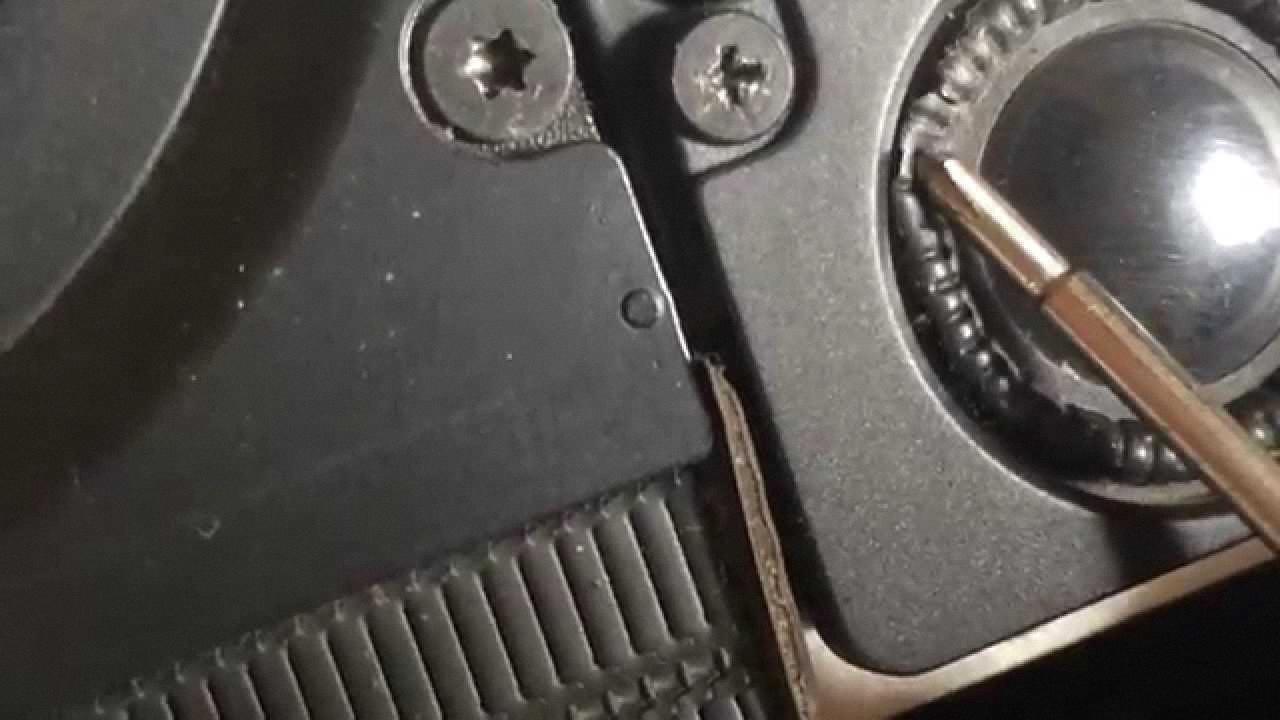
Source: youtube.com
Fixing Crackles on a 2012 MacBook Pro
If your 2012 MacBook Pro has crackling sound coming from the speakers, thre are a few steps you can take to try and fix it.
First, make sure your sound settings are adjusted correctly. Check the volume levels in System Preferences > Sound and make sure they are not set too high.
If that doesn’t fix the issue, try restarting your Mac by clicking on the Apple logo in the top left corner of your screen and selecting ‘Restart’.
Next, check for any software updates and install them if necessary. Go to App Store > Updates to see if any new updates are aailable for your Mac.
If there are no updates available, you can try resetting NVRAM (Non-Volatile Random Access Memory) or PRAM (Parameter RAM). To do this, restart your Mac and press and hold down the Option + Command + P + R keys at the same time until you hear two startup chimes. This will reset all of your settings back to ther original state.
Finally, if none of these methods work, you can restart your Mac in Safe Mode by holding down Shift while it restarts. This will disable non-essential programs and services which could be causing the problem with your speakers. Once you’re in Safe Mode, try playing some audio again to see if it sill crackles and adjust any sound settings as needed.
Cleaning the Dust Out of a MacBook Pro
To clean the dust out of your MacBook Pro, it’s important to follow the correct steps to avoid damaging your device. First, shut down your computer and unplug the power adapter. Then use a can of compressed air to blow away any dust particles inside the ports and around the keyboard. Take care not to blow too hard, as this could damage sensitive components. If there are any stubborn spots, use a soft-bristled brush (such as an old toothbrush) to gently remove stubborn particles. When finished, use a dry cloth to wipe away any remaining residue from the outside of your MacBook Pro befoe powering it back on.
Restarting Speakers
To restart your speakers, press and hold the Volume “-” and Power buttons simultaneously for at least six seconds. You’ll hear a tone to indicate that the reset was successful, and then your speaker will turn off. To turn it back on, press the Power button. This reset will bring your speaker back to factory settings.
The Quality of Sound Card in Macbook Pro
The sound card in the Macbook Pro is a good quality audio device that is capable of producing excellent sound. It has an optical output which can provide the best sound quality when connected to an external monitor controller, mixer or DAC. The analogue output isn’t as good but it still provides decent quality audio. The Macbook Pro sound card also features a range of software-based effects and equalization settings that allow you to customize the sound to your liking.
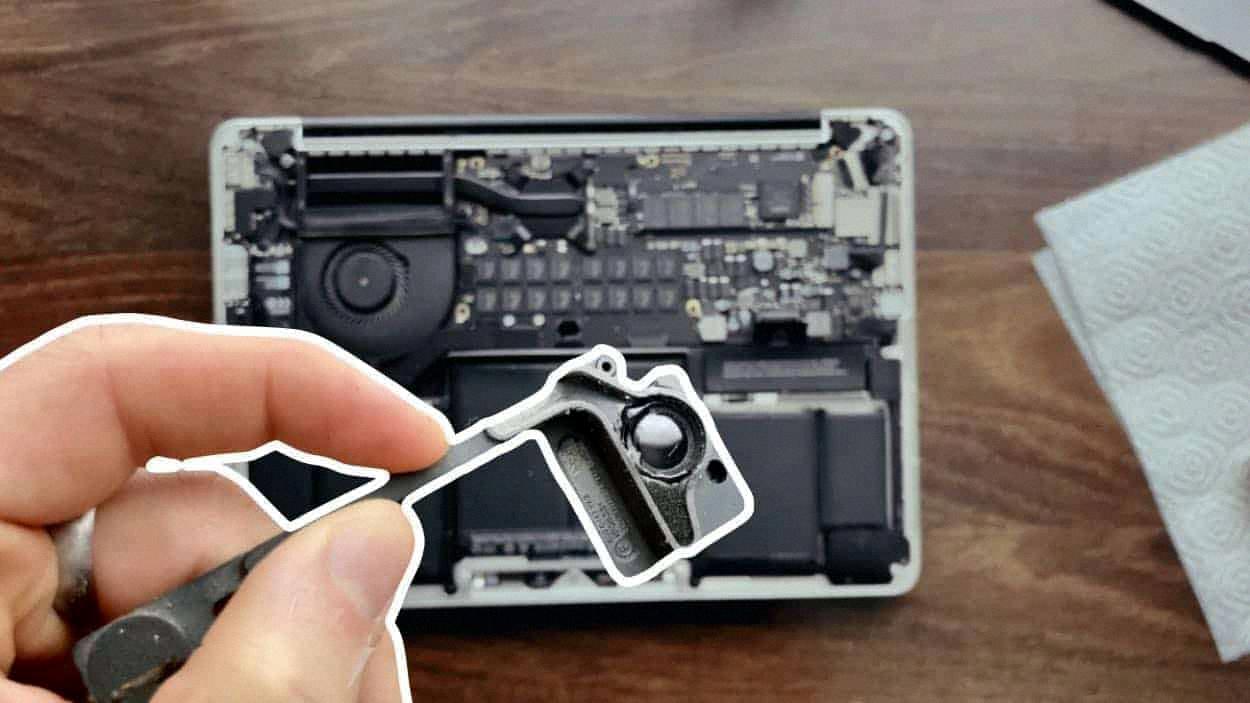
Source: homeexplained.com
Fixing Fuzzy Speakers on a Laptop
To fix your fuzzy speakers on your laptop, you’ll need to start with troubleshooting the audio output and input settings. First, check that all the cables are connected and that the volume is turned up on both the laptop and any external speakers. Then, go into the sound settings of your laptop’s operating system and select “Speakers” as the default device. If you’re still having issues, try reinstalling or updating your sound drivers. You can also try disabling audio enhancements in Sound Settings or changing your PC audio format. Finally, make sure there are no third-party software programs running in the background that coud be interfering with sound quality. If all else fails, you may need to replace the speakers themselves.
Cost of Repairing Laptop Speakers
The cost of repairing laptop speakers can vary depending on the type and model of laptop. Generally, the cost to repair laptop speakers is between Rs. 500 – 1000. This includes the cost of parts and labor. If your laptop is an older model, it may be more economical to replace the entire speaker assembly instead of repairing it. Additionally, if you are unable to find a replacement part for your laptop, you may need to purchase a new speaker assembly which could increase the cost significantly.
Signs of Damage to Speakers
If you believe that you have damaged your speakers, the best way to tell is to first check for any visible signs of damage. Look to see if the cone of the speaker has been punctured or cracked, or if any of the wires or components are bent or broken. Then, physically inspect the speaker by tapping on the cone gently and listening for a drum-like sound. If instead you hear a rattling sound like a snare drum, it culd be an indicator that your speaker is damaged. You can also try testing your speakers by playing music through them. If there is no sound coming out, this could indicate a problem with your speakers.
Conclusion
The crackling sound that is sometimes heard from the MacBook Pro speakers is lkely due to a hardware issue. This could include faulty components, a loose connection or faulty wiring. In some cases it may be possible to fix the issue by resetting the PRAM or SMC, but if that does not work then it may require more technical assistance. It is possible for Apple technicians to diagnose and repair the issue, however this could become costly as it would require replacement parts. Therefore, it’s important to take preventative measures such as ensuring that your Macbook Pro speakers are well ventilated and not exposed to excessive heat or dust.


